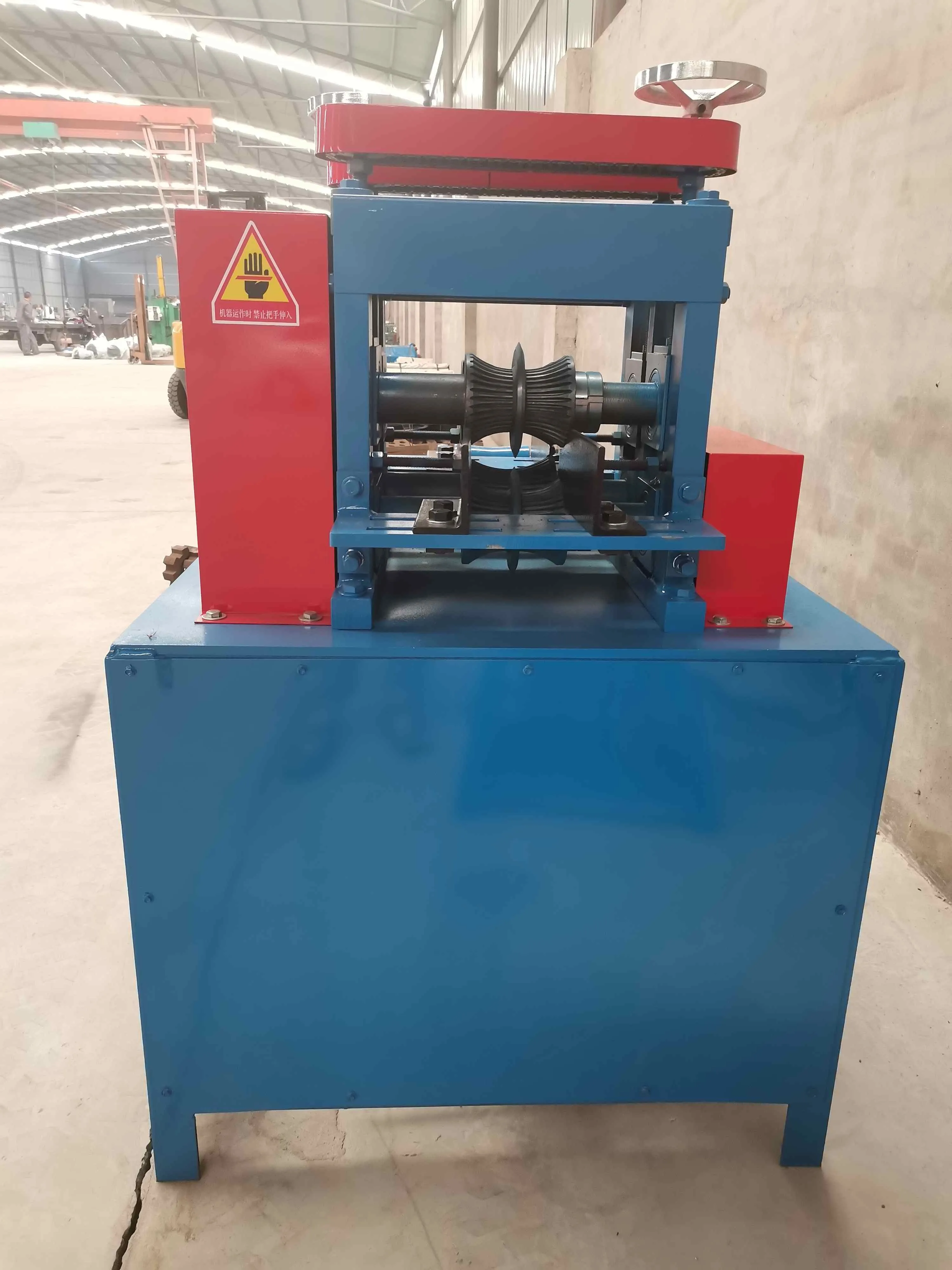
10 月 . 05, 2024 20:33 Back to list
Understanding Eddy Current Separators How They Work
Eddy current separators are essential devices in recycling and waste management, helping to separate non-ferrous metals from other materials. They are particularly valuable in industries dealing with aluminum, copper, and other metals. This article will provide an overview of how eddy current separators operate, the principles behind their functionality, and their applications in modern recycling processes.
The Principle of Eddy Currents
At the core of the eddy current separator's function is the concept of eddy currents, which are loops of electric current that are induced within conductors by a varying magnetic field. According to Faraday’s Law of Electromagnetic Induction, when a conductive material passes through a magnetic field that changes over time, it generates these currents. In the case of an eddy current separator, the magnetic field is produced by a rotating magnetic rotor.
How Eddy Current Separators Work
The operation of an eddy current separator can be broken down into several key steps
1. Feed Material Introduction The material to be sorted—a mixture of various materials, including metals and non-metals—is fed onto a conveyor belt. This belt moves the material into the working zone of the separator.
2. Magnetic Rotor Activation As the material travels along the conveyor, it passes over a rapidly rotating magnetic rotor positioned below the belt. The rotor creates a changing magnetic field that induces eddy currents in conductive materials.
3. Eddy Current Generation When non-ferrous metals, such as aluminum or copper, enter the magnetic field created by the rotor, they experience the induction of eddy currents. These currents generate their own magnetic fields that oppose the original field of the rotor, leading to a repulsion effect.
4. Material Separation This repulsive force causes the non-ferrous metals to be ejected from the conveyor belt at an angle, effectively separating them from other materials, which continue moving forward on the belt. The separated metals fall into a designated collection area, while the remaining non-metallic waste is discarded as tailings.

5. Controlled Parameters The efficiency of the eddy current separator can be influenced by factors such as the speed of the conveyor belt, the rotor speed, the distance between the rotor and the conveyor belt, and the design of the rotor itself. Careful adjustments to these parameters can optimize the separation process.
Applications of Eddy Current Separators
Eddy current separators are widely used in various industries, particularly in recycling facilities. Some of their primary applications include
- Recycling of Aluminum These separators are highly effective at separating aluminum cans and other aluminum products from mixed waste streams. By removing aluminum, recyclers can enhance the purity of recyclable materials, facilitating higher-quality recycling.
- Electronic Waste (E-Waste) In the e-waste recycling sector, eddy current separators are used to recover valuable non-ferrous metals from electronic devices such as computers and smartphones.
- Construction and Demolition Debris In construction recycling operations, these separators help recover metals from mixed debris, ensuring that valuable resources are not lost in waste.
- Automotive Recycling Eddy current separators play a vital role in the automotive industry, where non-ferrous metals from shredded vehicle materials can be efficiently separated and recycled.
Conclusion
Eddy current separators represent a breakthrough in sorting technology, allowing for the efficient recovery of valuable non-ferrous metals from a variety of waste streams. By utilizing the principles of electromagnetic induction, these systems can drastically improve recycling processes, sustainability efforts, and resource recovery in multiple industries. As recycling practices evolve and the demand for metal recycling continues to increase, the importance of eddy current separators in waste management will undoubtedly grow. These technologies not only support economic incentives by recovering valuable materials but also contribute to environmental sustainability by reducing waste and promoting recycling.
Latest news
Unveiling the Power of Eddy Current Separator
NewsSep.25,2024
Transform Your Home Recyclin:home metal shredder
NewsSep.25,2024
The Future of Waste Management with Recycling Line Picker
NewsSep.25,2024
The Benefits of a Metal Recycling Plant
NewsSep.25,2024
Revolutionize Material Separation with Onwang Technology
NewsSep.25,2024
Innovative Waste Management: Unveiling the MSW Sorting Plant
NewsSep.25,2024